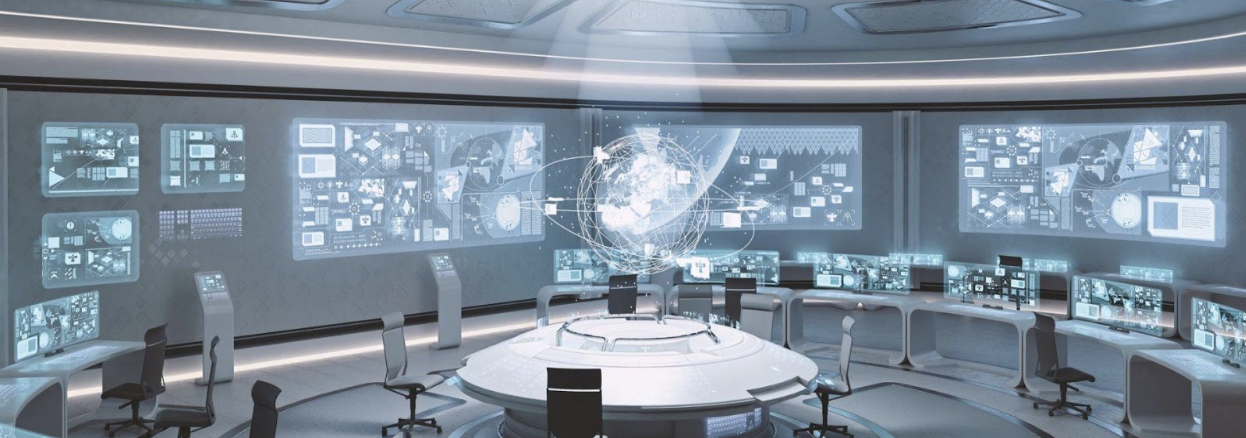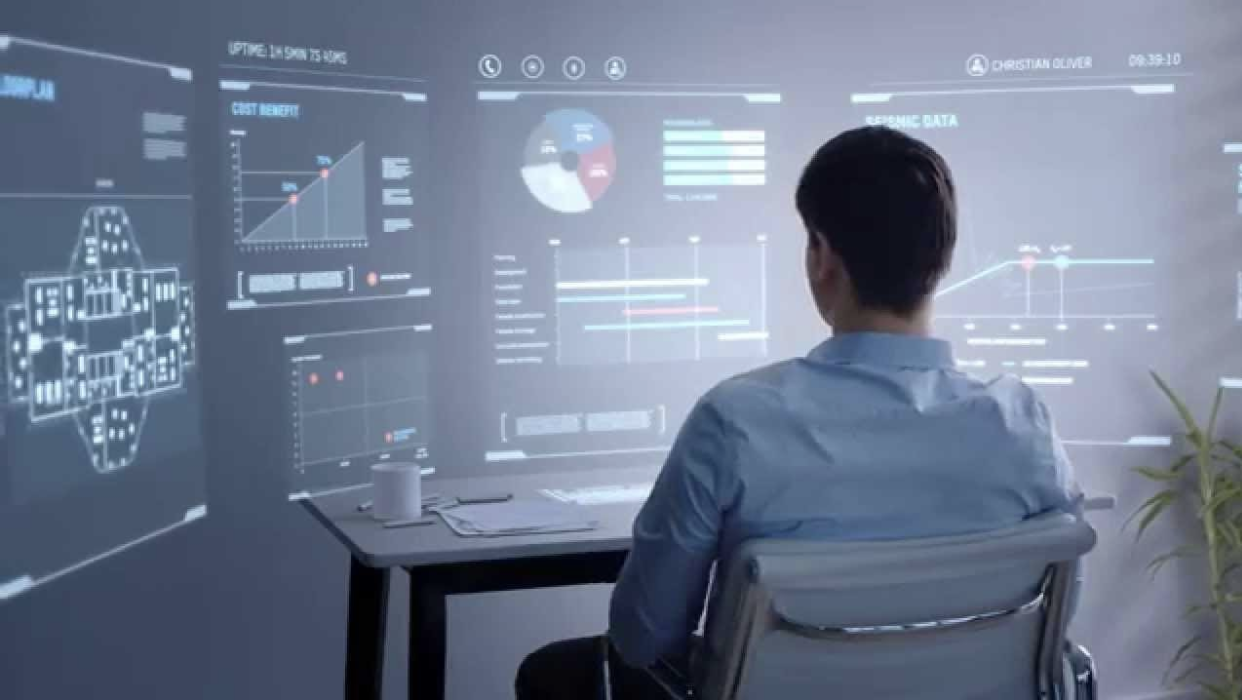There is much talk about the “laboratory of the future” – what will it look like and how the suppliers of laboratory products will need to change to meet customer requirements? Solutions that worked in the past will not work well today or in the future. The laboratory of the future isn’t just about the building, it is about what happens inside the building and the people working there.
The classic definition of a laboratory is a room or building equipped for conducting scientific experiments, research, or teaching, or for the manufacture of drugs or chemicals. While these functions mostly remain the same, the way they are accomplished continues to undergo rapid change. The laboratory of the future must easily adapt to be able to support these changes.

Technology plays a major role in the way work is conducted in the laboratory of the future. New laboratories must include the right mix of spaces to promote collaboration and interactions. In that respect, the laboratory of the future is different. It has more non-wet spaces (those areas used to carry out computer analysis, modeling, and simulations). The traditional wet-bench laboratory is in the decline.

The laboratory of the future is about adaptation to change — rapid change. This includes changes in personnel, equipment, processes, focus of work, and the size of the group using the laboratory.
Laboratories must now have more diverse spaces and utilities. These include traditional wet laboratory spaces, computational spaces, collaboration hubs, maker spaces, team zones, individual zones, equipment support, and utility management. But that’s just part of it. New laboratory space must be connected, digital and very visual.
Changes in laboratory design include space that is visually clean and organized, technical infrastructure hidden behind facades, and thick floor slabs in the equipment corridors to support equipment. Such changes in design and configuration facilitate rapid turnover of laboratory projects through accessible infrastructure and easy movement of heavy equipment.
Changes in laboratory configuration include increased use of mobile benches and mobile storage, and movement from dedicated to unassigned laboratory benches and offices. Flexibility is being able to configure laboratories to accommodate a number of different set-ups, to facilitate interaction among scientists, to accommodate change, and become more dynamic. The space must be attractive and contain the most up-to-date equipment.
In the past, furnishing a laboratory was all about institutional level strength. Over time, that has been scaled down. The furniture should be matched to the work being performed. Some must be very heavy duty to support equipment, while some should be easily moveable to support the changing tasks.
Future composition of laboratory space is also changing. Today, scientists conduct more data analysis and use more laboratory automation than ever before. This must be considered when designing future needs. Many laboratories had 70% laboratory space and 30% office space. That is now gravitating toward a new composition of 50% laboratory space and 50% office space. Scientists are spending more time analyzing massive amounts of data and can now even control their instruments through mobile applications remotely. Not as much time is actually spent at a lab bench or working in a fume hood. As technologies such as AI, IoT, VR, and AR become more commonplace, the need to spend large amounts of time working at a lab bench will decline. More time will be spent in areas with a digital interface to the lab.

As laboratory space and office space merge, it will be more difficult to tell what is laboratory furniture and what is office furniture. The workplace will become more social. Today it takes an effort by many people of different backgrounds and different sciences to make scientific advancements. Laboratory configurations must make it easy for people to interact. A laboratory with more multimedia availability will enable better communication among laboratory personnel. Not only have we experienced research without borders, but people will be interacting with non-humans (e.g. cobots and AI agents). Science today has become more the science fiction of years past. The speed of change continues to accelerate. With this change comes a basic overhaul in how science is done and how discovery is made. Labs have to better support this new type of work. With more automation, machines and instruments can do more of the mundane, freeing the scientists to be more creative and more productive.
Scientists like the general public want instant results. The “Amazon effect” of buying it and wanting it now. As this carries over into our work life we want similar results. Scientists want the ability to make changes that allow them to get their studies done as quickly as possible. They want laboratories that can be reconfigured overnight or over the weekend — not over weeks or months. Users want to be able to make many changes themselves. They want laboratories that easily change with the work being performed. They want laboratories that adapt to ever changing equipment and are suitable for increased automation. They want Plug and Play.
Plug and play systems require little user setup for a connected device to work, allowing equipment and instrumentation to be moved as needed. There are now more table-based systems. More things are on wheels. The space is quickly adjustable by the user. Much like a lean factory, we will see work cells, areas that support specific tasks. So much of the movement in the future will be people moving from area to area depending on the task they need to perform. Shared space will become the norm.
Of course, a laboratory is nothing without people. But the laboratory of the future isn’t just about people — it is about the right people. As organizations compete for talent, they will make investments to attract the best talent. Nice working conditions help attract and keep good talent. People are more productive in well-designed and well- equipped space, but they also want safe workspaces. Laboratory activities are often dangerous and scientists want to be safe working there. So, in addition to changes in design, configuration, and composition, the laboratory of the future must include safety features such as good chemical storage, high quality fume hoods that ensure good air quality, and effective fire prevention equipment. With all this technology comes the need for more robust user training. User training is critical to ensure that the users understand how to safely use new products and work safely in the laboratory.
Laboratory infrastructure is also changing. As the laboratories become smarter, we will have dashboards that let us monitor and control the space remotely. As laboratories get smarter, laboratory products must also get smarter. Most equipment used in the smart laboratory will also be “smart.” It will interact with other equipment and systems within the laboratory. Smart laboratories are here and are becoming more common. They have more automated equipment, more Cobots (Collaborative Robots that are self aware) doing routine tasks, more interactive and connected space with much more digital and visual feedback. Artificial intelligence will drive much of the laboratory activity in the future. It will process large amounts of data and allow the scientist to focus on better outcomes. We will see more digital assistants (like Alexa and Siri) helping the scientists do their work. We are moving from an analog world to a digital world. Automobiles are a good example of this transformation. In the past we used visual inspection and simple manual instruments to monitor tyre pressure
It took a lot of effort and discipline to make sure our tyres were properly inflated. But today we have automated systems and alarms to monitor tyre pressure.
The automated system is much safer and requires much less human interface.
So, what is driving all this change? There is no denying that science is big business with pressures for increased research output, speed to market, and faster results. To achieve this, the science has to be faster and lighter, more flexible and adaptable. Like the lean factory in manufacturing, the lab has to address removing waste. In the factory we strive to eliminate the “seven deadly wastes”: overproduction, unnecessary transportation, excess inventory, defects, over processing, time wasted while waiting, and wasted employee motions and movement. In reality, the laboratory is a factory for science. so the same principles that apply.
There really isn’t a laboratory of the future, it is more a way of thinking. We must be more open minded about what is coming and how our labs will undergo radical change and how the industries that support them need to adapt. In my work with many global companies, I can see the next generation of products on the horizon. The future is exciting and new technology will greatly accelerate the speed of discovery. It is an exciting time to be a scientist and to be part of the laboratory support industry. Embrace the change and be part of this exciting time. Much will be learned and discovered in the near future.
Courtsey – Chip Albright, Creative Solutions, USA
